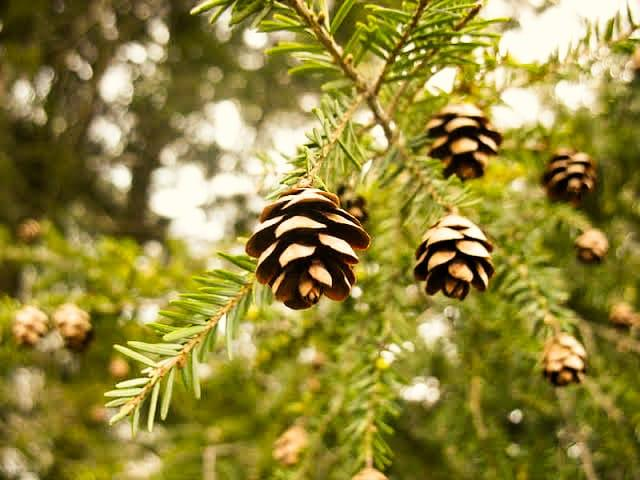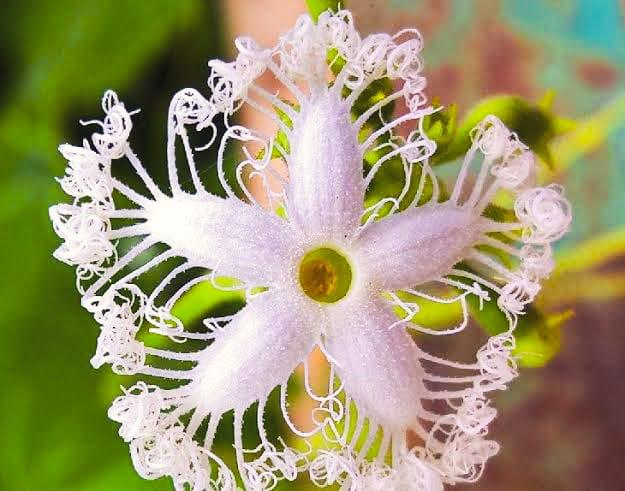
Distinguish gymnosperm and angiosperm.
Answer
518.1k+ views
Hint: Both gymnosperm and angiosperm are vascular plants having a life cycle of sporophyte -dominant one. Angiosperms have variegated colors and shapes of leaves, flowers, and fruits because of many varieties of the fruits and flower-bearing plants. Whereas gymnosperms are anatomically simpler because they do not bear flowers or fruits but the cones are present.
Complete answer:
Note:
1. The gymnosperms have originated in the late Carboniferous period, replacing the lycopsid rainforests of the tropical region. Whereas the angiosperms have originated in the late Cretaceous period, which is about 125 million years ago.
2. Today 1000 species of gymnosperms are known whereas 300000 species of angiosperms are known.
Complete answer:
| Gymnosperms | Angiosperms |
| These are flowerless plants in which cones and seeds were produced. They bear seeds that were naked or unenclosed. | These are flowering plants which bear seeds in fruits or mature ovaries. The seeds are enclosed within an ovary. |
| These are evergreen plants of softwood type. | 2. These are seasonal plants of hardwood type. |
| Leaves are needle-like or scale-like in shape. | 3. Leaves are flat in shape. |
| 4. Reproduction mostly relies on winds. | Reproduction mostly relies on pollinators. |
| The reproductive system is present in cones and is unisexual. | 5. The reproductive system is present in flowers. They can be unisexual or bisexual. |
| Cone is a female reproductive organ whereas pollen is the male reproductive organ. | 6. Flower carries both male reproductive organs (stamen) and female reproductive organs (pistil). |
| These plants are used in the making of various medicines, food, clothing, etc. | 7. These plants are used in the making of paper, lumber, etc. |
| Example- cypress, gnetum, pine, spruce, redwood, ginkgo, cycads, juniper, fir, and welwitschia. | 8. Example- roses, lilies, Broccoli, kale, Petunias, Eggplant, Tomato, Peppers, and sugarcane. |
| Gymnosperms have haploid tissue. | 9. Angiosperms have triploid tissue. |

| 
|
Note:
1. The gymnosperms have originated in the late Carboniferous period, replacing the lycopsid rainforests of the tropical region. Whereas the angiosperms have originated in the late Cretaceous period, which is about 125 million years ago.
2. Today 1000 species of gymnosperms are known whereas 300000 species of angiosperms are known.
Latest Vedantu courses for you
Grade 10 | CBSE | SCHOOL | English
Vedantu 10 CBSE Pro Course - (2025-26)
School Full course for CBSE students
₹37,300 per year
Recently Updated Pages
Master Class 12 Economics: Engaging Questions & Answers for Success

Master Class 12 Maths: Engaging Questions & Answers for Success

Master Class 12 Biology: Engaging Questions & Answers for Success

Master Class 12 Physics: Engaging Questions & Answers for Success

Master Class 12 Business Studies: Engaging Questions & Answers for Success

Master Class 12 English: Engaging Questions & Answers for Success

Trending doubts
The Chinese traveller FaHien visited India and left class 8 social science CBSE

In Indian rupees 1 trillion is equal to how many c class 8 maths CBSE

What is 1 divided by 0 class 8 maths CBSE

How many ounces are in 500 mL class 8 maths CBSE

Name the states through which the Tropic of Cancer class 8 social science CBSE

How many ten lakhs are in one crore-class-8-maths-CBSE




